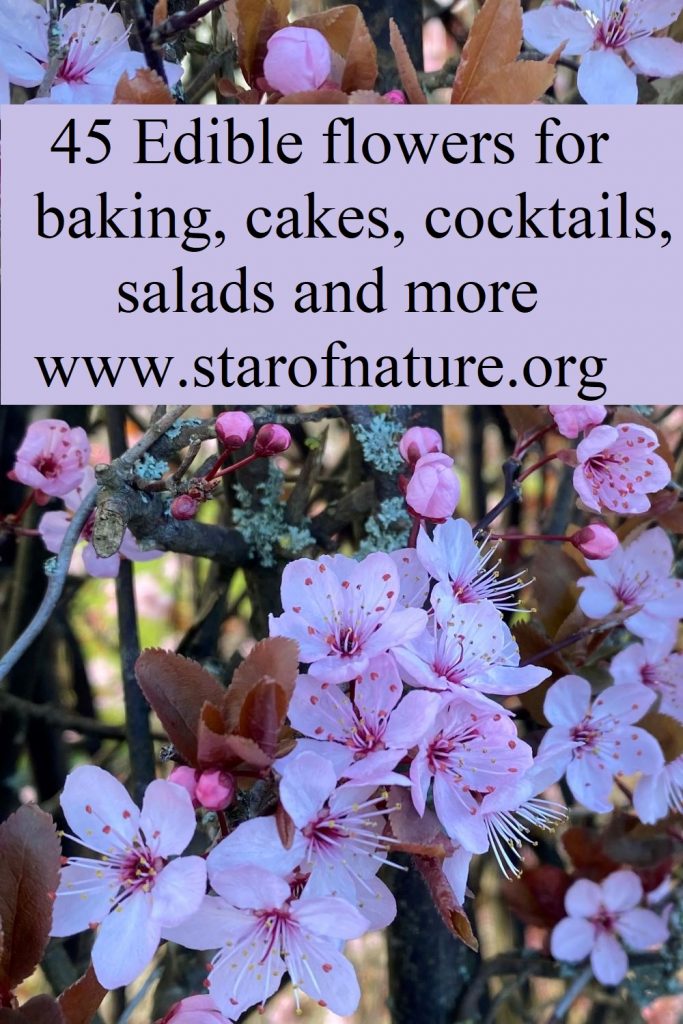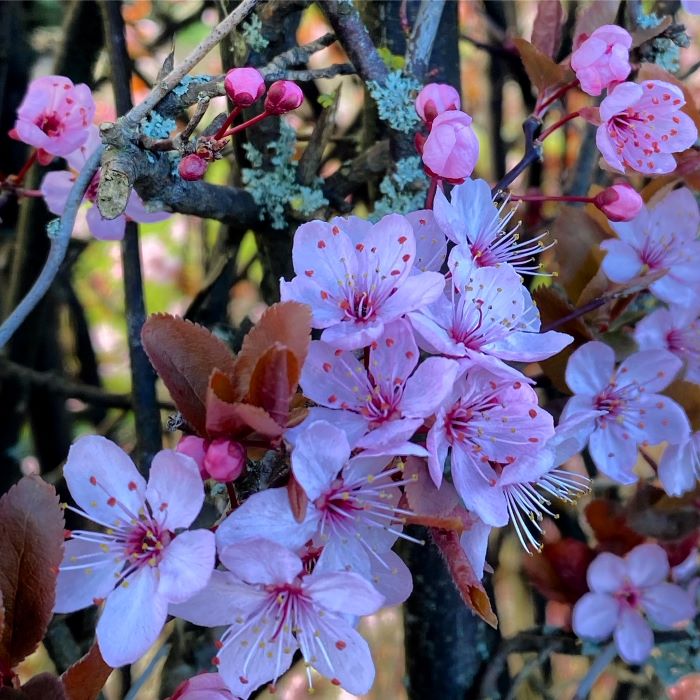45 Edible Flowers for Baking, Cakes, Cocktails, Salads and More
For centuries edible flowers have been part of traditional cuisine of different nations. Floral waters, essences, wine, sorbet and ice-cream, gelees and jams, and crystalized flowers are just some of the floral foods that go back to antiquity and the Middle Ages.
Flowers went out of fashion in the 20th century with the development of industrial agriculture. It brought with it extensive use of chemicals that made using edible flowers problematic and unprofitable. Flowers are fragile and difficult to wash, yet many are eaten raw. They also do not transport well – they need to be eaten fresh, ideally on the day they are picked.
In the 21st century people increasingly want to eat local, organically grown food and this made edible flowers popular again.
Benefits of edible flowers
Flowers, particularly wild, offer the same benefits as vegetables and wild greens. They contain a wide range of vitamins, minerals and biologically active compounds.
They also have a unique texture and exquisite smell. And of course they are beautiful to look at. All this makes them favourites with amateur and professional chefs all over the world.
Edible flowers and safety
The most important consideration when using flowers as food is safety. You must be absolutely certain that the flowers are genuinely edible. You therefore need to be sure that you know the plant and are not confusing it with another, poisonous, variety.
For people with allergies it may be best to avoid flowers all together, unless they tried them previously and are certain that they will not cause any harm.
If flowers are used for more than just decoration, in larger quantities, for example, in tea or jam, it is important to research them first to make sure that they will not aggravate any health conditions you may have. Plants contain powerful natural substances and can be our enemies as well as friends.
Remember also that flowers and leaves of some plants are toxic, even if their fruit is edible. An example of this are tomatoes and potatoes – never eat their flowers or leaves.
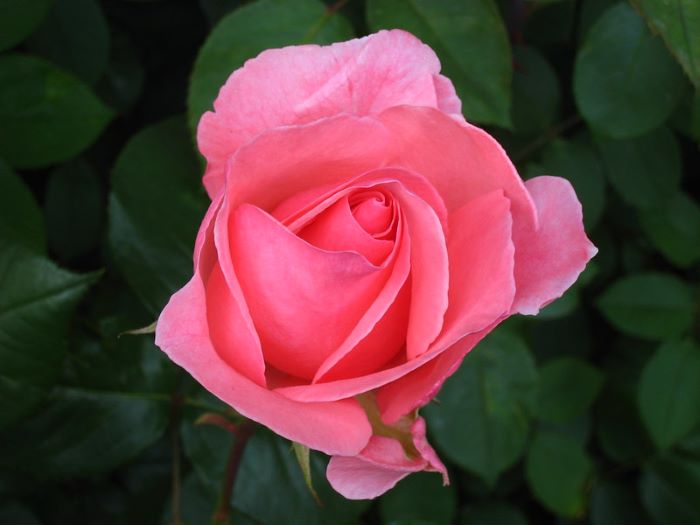
Edible flowers and pollution
Avoiding pollution is another important aspect of safety – you need to make sure that plants have not been sprayed. Ideally they should be organic.
Plants always actively absorb chemicals from their environment, and some excel at storing them. An example of this is dandelion. Its beautiful yellow flowers are used in many spring and winter recipes. But it is known to absorb and store chemicals in its thick root, including heavy metals present in car emissions.
You therefore should avoid the following:
- Cut flowers from florists – many of them have been treated with chemicals and grown in conditions that do not satisfy ‘suitable for human consumption’ requirements.
- Sadly the same can be said about many plants sold at garden centres, unless they are labelled ‘organic’. Many decorative and even edible plants have been treated with chemical fertilisers, insecticides, fungicides and growth hormones.
- Flowers that grow close to roads.
- Flowers in populated areas where pollution is often high.
- Flowers in places where people walk their dogs, or where farm animals are present.
- Flowers growing next to intensively farmed fields that are sprayed with chemicals.
Sadly all this severely limits opportunities for collecting wild flowers. Unpolluted areas are becoming increasingly rare.
For most of us, therefore, the best flowers are the ones we grew ourselves.
Using edible flowers – general advice
- Depending on the recipe both freshly cut and dried flowers can be used.
- Drying your own flowers can be fun. For best results let them dry naturally, for example, by putting them on trays covered with baking paper in a well-ventilated room. Make sure that they are not exposed to the sun. It destroys nutrients and bleaches the flowers, thus removing the main attractions of using brightly coloured medicinal flowers, such as roses, marigolds and cornflowers.
- The best time to collect flowers is early morning – they will have more moisture and remain fresh for longer. The same advice applies to harvesting medicinal plants. Plants’ chemical composition changes during the day, and their medicinal properties are believed to be highest before midday.
- Wash the flowers gently, but well before using, and dry in shade, on a kitchen towel, for example.
- Normally only petals are used for food. Remove the parts that are hard or bitter, such as the centre of a rose or the base of a cornflower.
- Before using flowers in cooking, taste a small part, such as a petal, and decide whether you like it and think it is suitable for your recipe.
Popular edible flowers
1. Rose
Rose petals can be used to make jam, decorate ice-cream, cakes and other deserts. Dried rose petals make an excellent tea. In the past it was commonly used as a remedy against colds.
Petals of the wild rose can be used as well – some have a stronger smell than garden varieties.
Rosehips are exceptionally rich in vitamin C and are also used to make tea.
2. Nasturtium
Young shoots and leaves of nasturtium taste similar to watercress and are used in salads and sandwiches. Its beautiful exotic-looking flowers in different shades or red, orange and yellow, have a peppery taste and are also great in salads and sandwiches. They can be also used to decorate cheese and vegetable dishes.
Young green nasturtium seeds are preserved in vinegar and used in the same way as capers.
3. Primulas
Mild-tasting and delicately scented flowers of primulas are excellent in salads and as decoration for cakes, deserts and drinks. They look beautiful crystalised. The leaves of primulas are also used in salads.
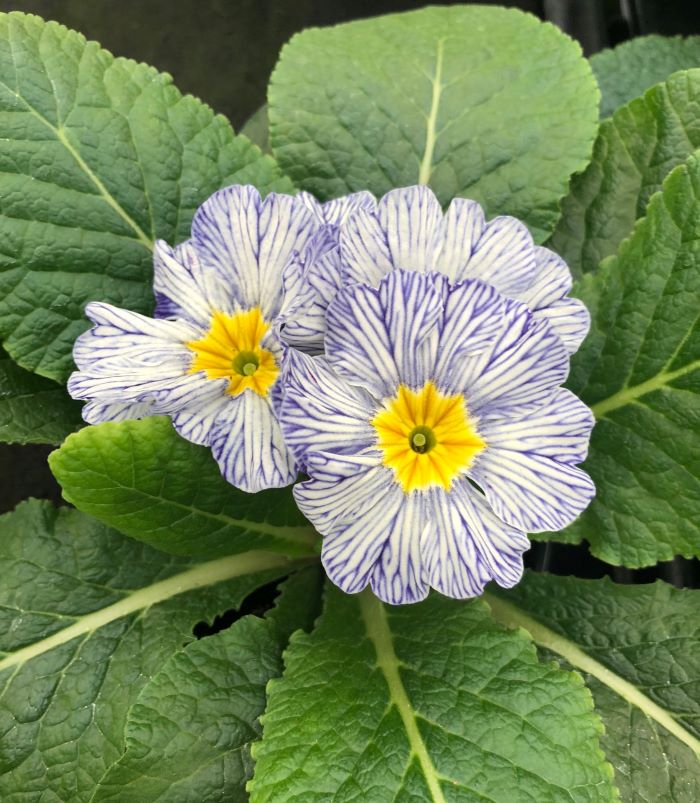
4-5. Pinks and marigolds (calendula)
The petals of pinks and calendula have a spicy taste and smell, and can be used in meat and vegetable dishes, and as decoration in salads, deserts and drinks.
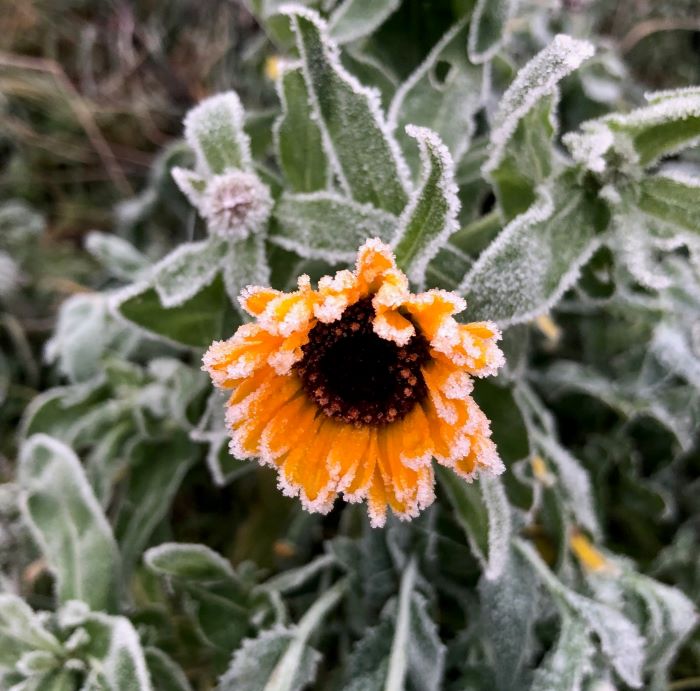
6. Cornflower
The base of the cornflower is bitter and should not be used. The petals have a mild flavour and are excellent for decorating salads, deserts and drinks.
7-11. Onion, garlic, wild garlic, chives, three-cornered leeks
White and purple flowers of onions and garlic taste similar to their leaves and have a similar smell. They are good in salads or as decoration for savoury dishes.
Wild garlic buds are preserved in vinegar and used in the same way as capers.
12-14. Fennel, dill, coriander
The flowers taste similar to leaves and have a similar smell. They are good in salads or as decoration for savoury dishes.
15-19. Rosemary, oregano, thyme, winter savoury, sage
These flowers rich in essential oils can be used to flavour and decorate savoury dishes.
Rosemary flowers are also good for flavouring milk used to make custard, creme caramel and other custard-based deserts.
20. Ox-eye daisy
The leaves of ox-eye daisy are excellent in salads. The centre of the flower is hard and somewhat bitter, but white petals have a mild taste and are good in salads and as decoration for sweet and savoury dishes.
21. Gorse
Beautiful, bright yellow and subtle smelling flowers of gorse are excellent in salads. What makes them even more desirable is that they are some of the earliest flowers to bloom at the end of winter. In some areas gorse flowers already in February.
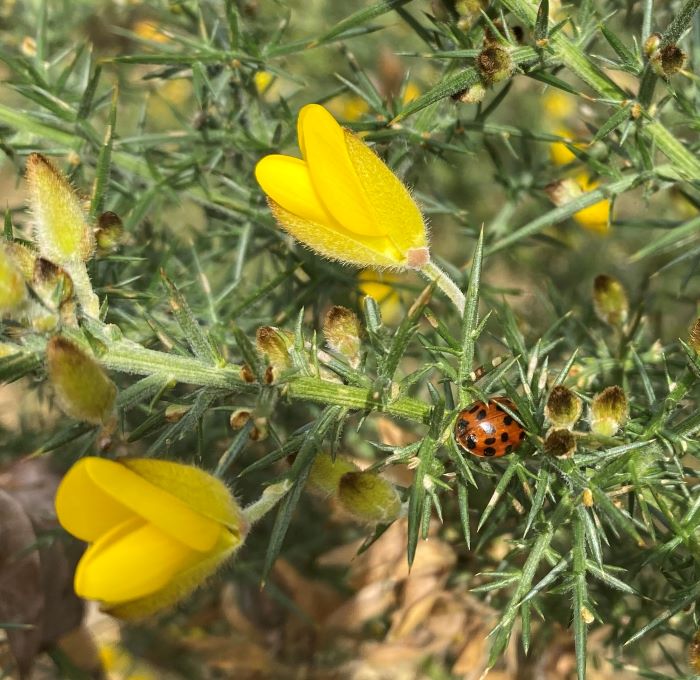
22. Dandelion
Young dandelion flowers are somewhat bitter, but can be added to salads in combination with more neutral tasting greens. There are many recipes for dandelion jam, gelee, syrop and wine.
23-24. Red and white clovers
The flowers are slightly sweet due to a large quantity of nectar and good in salads and for decorating sweet and savoury dishes and drinks.
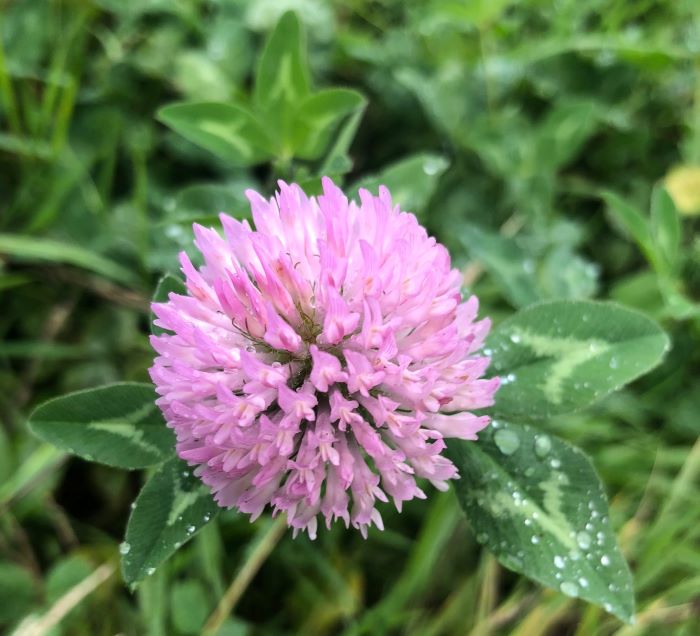
25-28. Apples, pears, apricots and plums
These exceptionally beautiful flowers with a subtle smell are a symbol of spring, and make wonderful decorations for deserts and drinks.
29-30. Orange and lemon
The flowers are sweet and have a lovely smell. They are good for decorating deserts and ice-creams. They are also used to make orange blossom water.
31. Pumpkins and squashes
These large strikingly beautiful flowers are stuffed with cheese, meat and vegetable mixtures and either steamed or deep fried.
32-34. Sweet and Parma violets, pansies
Flowers of sweet and Parma violets, and garden pansies are used to decorate salads, drinks and deserts, either fresh or crystalised.
35. Sunfllower
Yellow petals of sunflower can be used in salads and for decorating.
36. Chicory
Sky-blue petals of chicory flowers are only slightly bitter and can be used to decorate salads and savoury dishes.
37. Borage
Just as its leaves, borage flowers smell of cucumber and have a mild fresh taste. They are excellent in salads, soups, drinks.
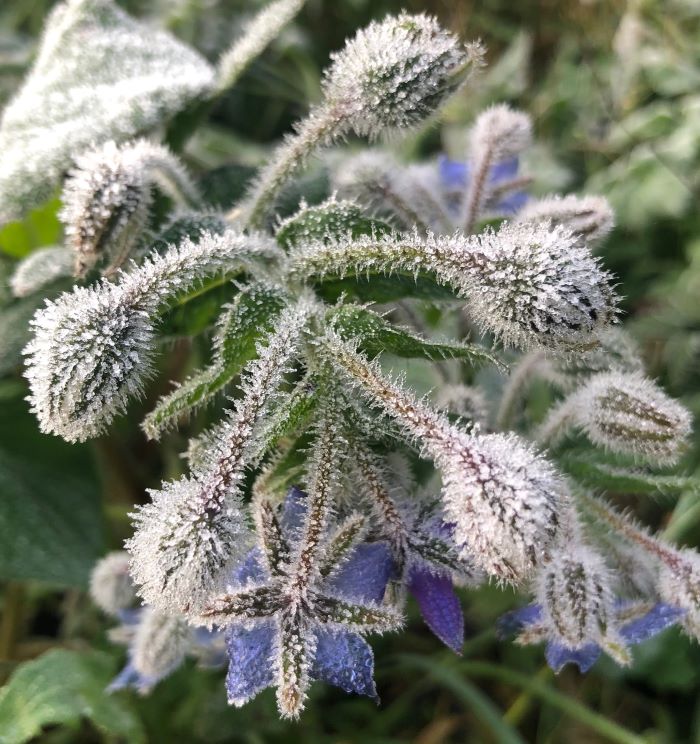
38. Lavender
Fresh and dried flowers are used to decorate and flavour cakes and biscuits.
Ice-cream made from milk infused with lavender flowers is wonderful.
Because of their distinctive summery smell and beautiful appearance lavender flowers are an excellent decoration for cocktails.
Dried and fresh lavender, mixed with other herbs, are used to flavour soups, meat and vegetable dishes.
39. Lilac
The flowers have a strong beautiful smell and are sweet due to a high nectar content. They can be used to decorate cakes and ice-cream.
40-42. Mint, hyssop, lemon balm
The flowers have the same smell as leaves. They can be used to flavour vegetable and meat dishes, in cocktails and to make tea.
43. Camomile
Popular camomile tea promotes calm and good sleep.
44. Lime tree flowers
Lime flowers have a lovely summery smell and are used to make tea. It is a traditional remedy against cold.
45. Elder
Elder flowers have an unforgettable smell and are used to make syrop, cordial and ‘champagne’.
The flowers can be also deep fried or steamed and served as an accompaniment for meat or vegetable dishes. Their taste is quite strong. When I tasted them for the first time, it seemed unusual and at first I was not sure. Very soon, however, I came to love them, and now I look forward to a short time in May when they are available.
Edible flower recipes
Frozen flowers
Put flowers in ice-cube forms, add water and put in a freezer. The cubes can be used in various drinks for adults and children, including fruit juices and cocktails.
Crystalized flowers
Mild tasting and sweet smelling flowers can be easily crystalised and used to decorate deserts. To do this gently wash the flowers and put on a kitchen towel to dry. Once dry, paint on both sides with a lightly beaten egg white, using a brush. Sprinkle with sugar powder and put on baking paper to dry.
Violets, pansies, primulas, lilac, apple and cherry blossom are all great to crystalize. For more instructions and photographs see my post on Growing and Eating Pansies.
Stuffed nasturtium flowers
Ingredients:
- nasturtium flowers – three large handfuls
- 300 cream cheese
- 1 clove garlic, finely grated
- 1 spring onion, or a few chives leaves, finely chopped
- rind of ½ lemon, finely grated
Method:
Mix cream cheese, garlic, onion, and lemon rind. Fill nasturtium flowers with the mixture and serve.
Violet ice-cream
Ingredients:
350g sugar
300ml water
1 egg
2 tablespoons ‘thick cream
Juice of one large grapefruit (250ml)
Juice of 1 lemon
1 cup of sweet (scented) or Parma violet flowers without stalks.
Method:
- Wash the flowers and mix with sugar, water and grapefruit juice.
2. Bring to boil and gently cook for 5 min.
3. Cool to room temperature.
4. Mix together egg yolk and cream, and add lemon juice. Add to the flower liquid.
5. Whip egg white and carefully fold into the mixture.
6. Freeze in an ice-cream maker or a freezer. If using a freezer, take out every 10 minutes and mix with a spoon.
7. Serve decorated with crystalised violets.
Image credits: Rose by Christian Allinger.
Posts related to ’45 Edible Flowers for Baking, Cakes, Cocktails, Salads and More’
10 Edible Wild Greens for Autumn and Winter
Wild Salad: Why should we Eat Foraged Greens?
Best wild flowers to grow in the garden
Medicinal Wild Flowers for your Garden
How to celebrate cherry blossom season at home
Indoor Garden Ideas: Growing Microgreens on a Windowsill
Pin ’45 Edible Flowers for Baking, Cakes, Cocktails, Salads and More’ for later
